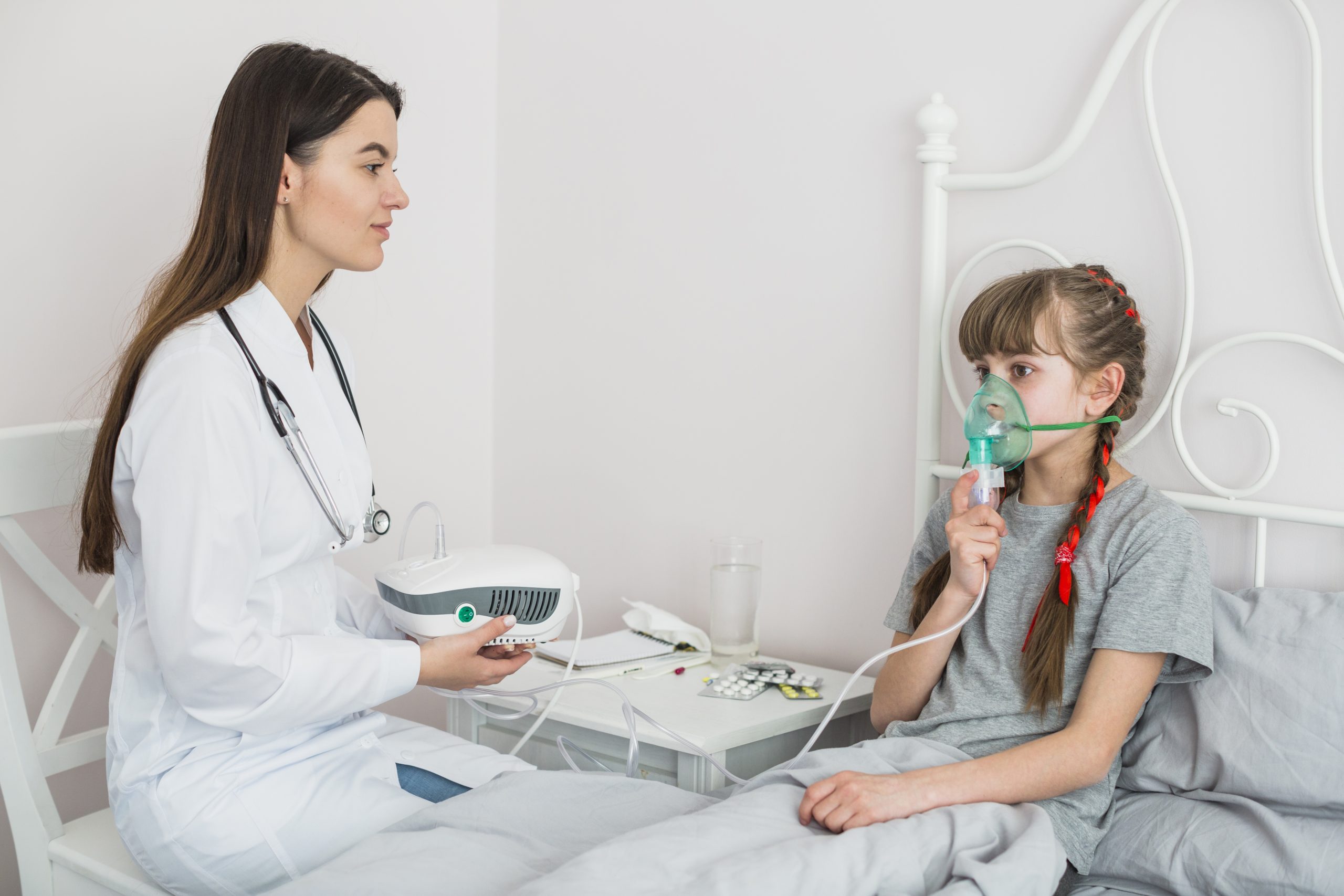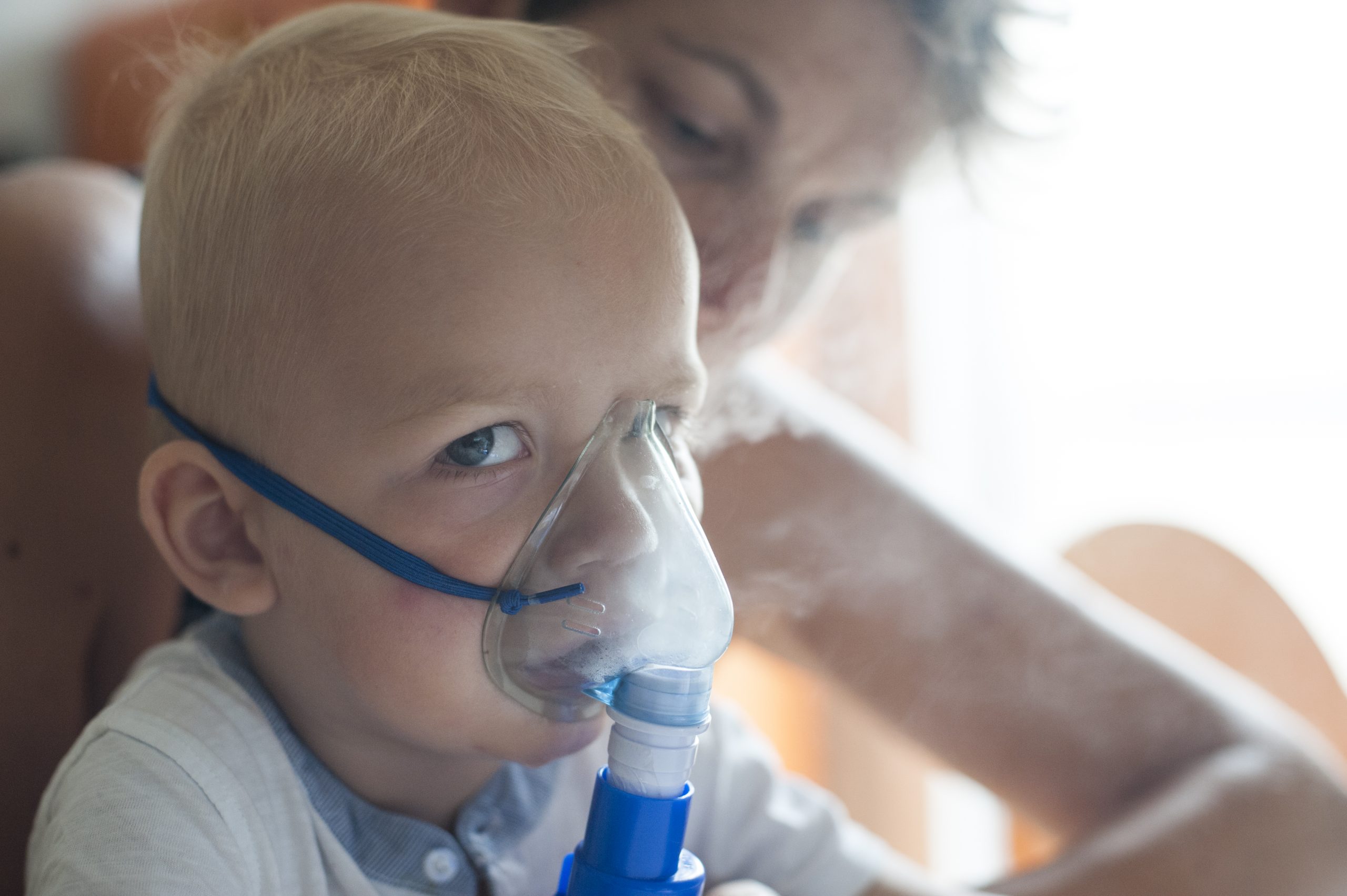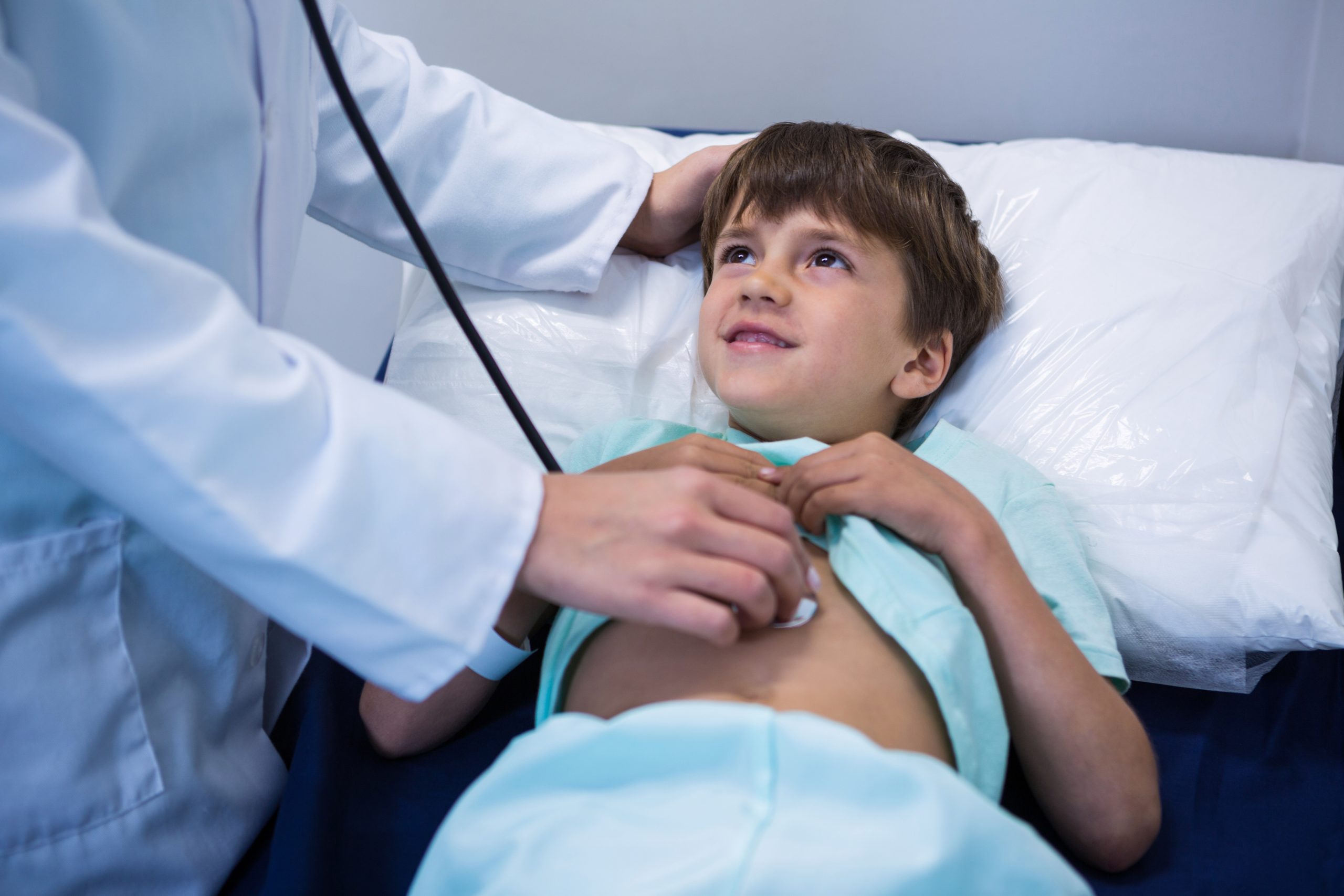Interstitial lung diseases (ILD) in children are a heterogeneous group of respiratory diseases which affect the interstitium, capillaries, alveoli, and perialveolar tissue. The key characteristics of diseases are the presence of respiratory symptoms for 3 months or more, disturbances in gas exchange and pulmonary function of a restrictive type, progressive respiratory failure, bilateral process, and diffuse changes on radiography and CT. Though symptoms begin in childhood, they may lead to the death or disability of patients in childhood or adulthood.
In adults the prevalence of ILD is much higher up to 60 – 80:100 000, but ILD in children and adults differs significantly in aetiology, pathogenesis and course. It largely depends on the peculiarities of the child’s lungs and their development during the period up to 2 years when the lungs and immune system still are in the process of maturation, when the lungs meet infections, chemical and allergic factors for the first time.
The list of diseases that result/manifest as a child is large enough and includes both congenital and acquired conditions. It includes bronchiolitis obliterans (particularly as a result of infection by some strains of adenovirus or Respiratory Syncytial Virus), interstitial pneumonia, systemic diseases, alveolar-capillary dysplasia, lung growth abnormalities resulting in changes in the histological and functional characteristics of lung cells, excessive growth of fibroblasts and collagen synthesis and many others. The pathological changes occur not only in the alveoli but also in terminal bronchioles, interstitium, and capillary endothelium; the surfactant synthesis is also impaired.
There are numerous causes for developing children, and manifestations may start from birth through adolescence. In neonates and infants, the typical manifestation is unexplained respiratory distress. Manifestations during the first two years and later include fast breathing, recessions, cough and wheeze in the absence of Acute Respiratory Infection (ARI). Auscultation can be normal in many cases. Continuation of the process may lead to chest deformity, digital clubbing and failure to thrive. Chronic hypoxemia and progressive chronic respiratory failure may lead to a need for continuous oxygen supply, even intubation and eventually, even to death at an early age.
The aforementioned signs should be the “red flags” for doctors to think about the child and refer to the relevant specialized paediatric services. For further evaluation, a careful history since pregnancy period and family history should be taken and clinical signs thoroughly assessed. The chest radiograph may reveal non-specific abnormalities. Lung function tests in older children show restrictive changes, and reduced lung volumes, with a reduced Forced Expiratory Volume in 1 Second (FEV1) and (Forced Vital Capacity) FVC. Heart ultrasound is needed to estimate pulmonary artery pressure and exclude other cardiac diseases. If found, pulmonary hypertension should be managed by paediatric cardiologists. A series of blood investigations are needed to assess the possible anaemia, immune system functions, autoantibodies for systemic and other diseases, and genetic abnormalities.
The chest CT is mandatory and should be done in the specialized paediatric service to evaluate the presence and extent of the disease. In some cases, CT can be decisively diagnostic but it is more usually supportive for a diagnosis; the full history, clinical manifestation and labs should be taken into account. The flexible bronchoscopy and biopsy may be critical for diagnosis in some cases.
Due to the large spectrum of possible causes, a comprehensive differential diagnosis is needed; specific conditions such as Cystic Fibrosis, Primary Ciliary Dyskinesia, sarcoidosis and others should be excluded.
There are no randomised controlled studies on different treatment tactics and the current recommendations for treatment based on the specialists’ consensus. It includes treatment of underlying diseases (whenever it’s possible), aggressive treatment of intercurrent illnesses, oxygen therapy (in many cases long-term), and continuous nutritional support. In cases of exacerbation aggressive antibacterial therapy, possibly after isolation of the etiologic agent should be prescribed. Patients need to be fully immunized, including against influenza and RSV virus.
Children should be under continuous follow-up in specialized services and the plan of management should be developed individually and discussed with the parents or other caretakers. Children should avoid environmental influences such as smoking, excessive dust or other chemicals. The problems with the psycho-emotional status of the sick children and their parents should be addressed in a relevant way.
The prognosis of the child depends on the type of disease, severity, and overall status of the child. As noted, starting at some point many patients need continuous oxygen therapy. Spontaneous improvement also is possible with the child’s growth. However, many children will need palliative care.
Hope this helps!
Sergey Sargsyan, MD, Ph.D.
Advisor to the Minister of Health on Pediatrics
Head of the ICAH of Arabkir MC
Chair of Pediatrics N2 of YSMU



